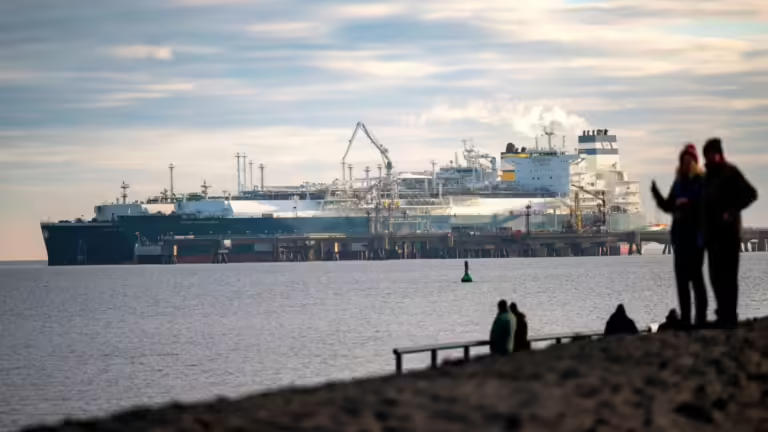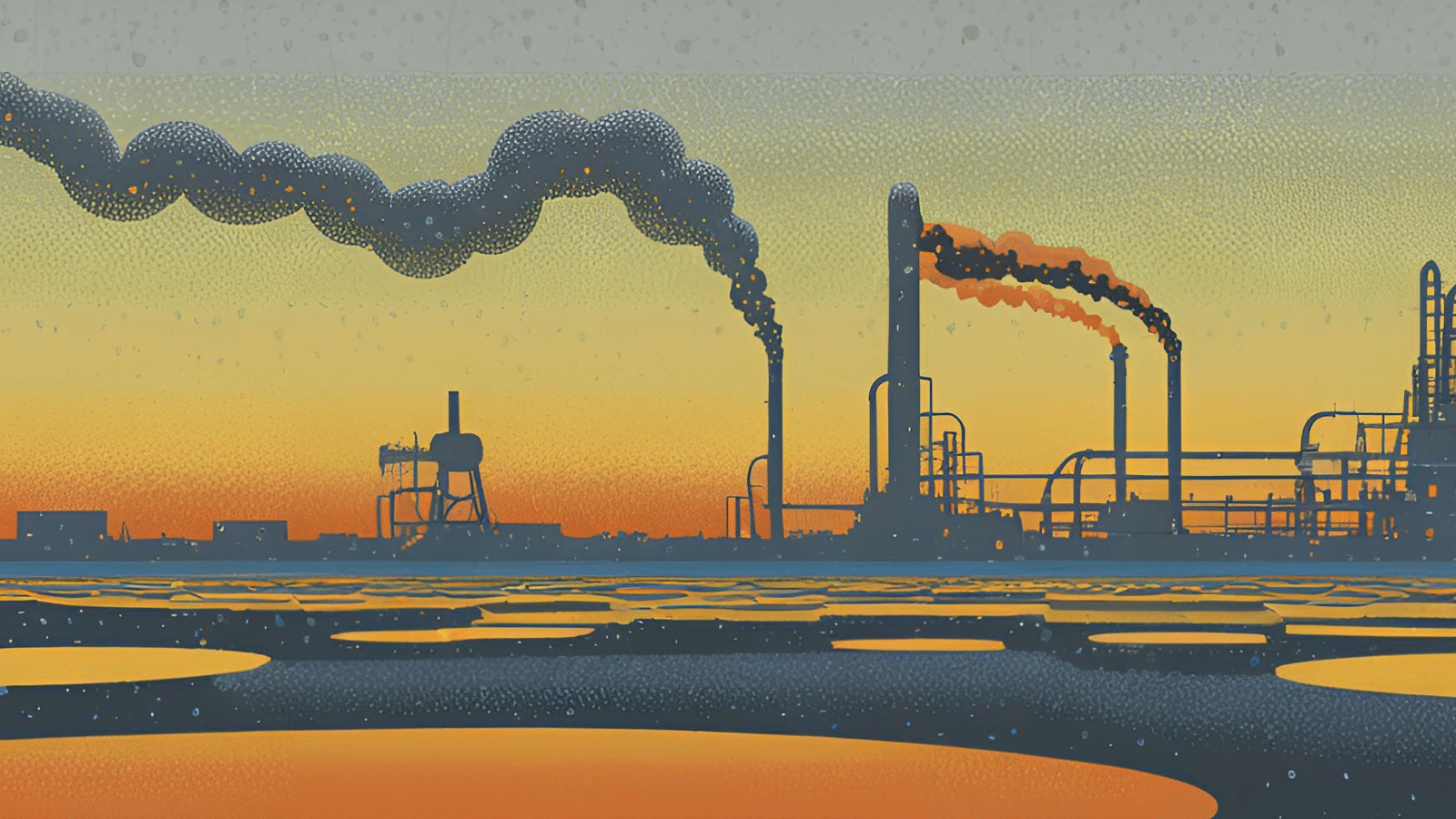This website uses cookies as well as similar tools and technologies to understand visitors’ experiences. By continuing to use this website, you consent to Columbia University’s usage of cookies and similar technologies, in accordance with the Columbia University Website Cookie Notice.
Energy Explained
Insights from the Center on Global Energy Policy
This Energy Explained post represents the research and views of the author. It does not necessarily represent the views of the Center on Global Energy Policy. The piece may be subject to further revision. Contributions to SIPA for the benefit of CGEP are general use gifts, which gives the Center discretion in how it allocates these funds. Rare cases of sponsored projects are clearly indicated.
For a full list of financial supporters of the Center on Global Energy Policy at Columbia University SIPA, please visit our website at Our Partners. See below a list of members that are currently in CGEP’s Visionary Circle. This list is updated periodically.
Fugitive methane emissions from the energy sector have become frontpage news over the last five years. Both the US and EU have developed legislative strategies to combat methane leaks from oil and gas systems,[1] and in 2021 together spearheaded the Global Methane Pledge, a voluntary framework of more than 150 nations promising to take action to reduce methane emissions by 30 percent from 2020 levels by 2030. Those efforts have developed alongside various voluntary industry initiatives like the Oil and Gas Climate Initiative, which aims to achieve net zero emissions by midcentury by, among other means, drastically curbing fugitive methane emissions in the short term.
The 2024 election of Donald Trump to the White House raises doubts about the continued level of US commitment to curtailing fugitive methane emissions, given Trump’s history of methane rule retraction. However, US policy to date has not been the main driver of global efforts to curb fugitive methane emissions, and if industry makes good on its promises and the EU finds a pragmatic path to implement its methane regulation, a bifurcated outcome could occur: some companies may continue their focus on methane abatement as part of their license to operate and others may use deregulation to avoid the subject altogether.
US and EU Legislative Developments Aim to Tackle Methane Emissions
Fugitive methane emissions in the US are regulated under the revised New Source Performance Standards (40 CFR 60 Subpart OOOOa), often referred to as “Quad O-a.” Since its inception in 2012, Quad O-a has gradually expanded, both in terms of scope and stringency. Revised rules adopted in March 2024 (40 CFR 60 Subpart OOOOb and Subpart OOOOc) will impose compliance obligations for the production, transmission, and processing sectors of the oil and natural gas industry. However, US rules have many exceptions that likely make them less effective in practice than what the regulation suggests: various offramps remain and leave considerable room for state authorities to implement weaker methane curtailment strategies if they meet minimum federal requirements. More fundamentally, determining exact emissions at the company level continues to be very challenging if not impossible, putting in question whether the waste emissions charge (“methane fee” included in the 2022 Inflation Reduction Act) will ever come into effect. Consequently, current US regulations are unlikely to be a key driver for methane abatement in the future. This does not mean that nothing has happened, however. Voluntary efforts, sometimes encouraged by state regulations, have led to the emergence of a sizeable market for certified natural gas.
The European Commission published its first ever methane strategy in 2020, followed in 2021 by its draft regulation on methane emissions in the energy sector. These rules, completed in August 2024, will require domestic producers of oil and natural gas to comply with increasingly stringent monitoring, reporting, and verification requirements and minimize flaring and venting. Crucially, the rules will also require importers of fossil fuels to collect and disclose relevant methane emissions data from their suppliers. The requirements will be introduced in stages between 2025 and 2030. Important elements, such as how methane intensity values associated with imports are to be calculated, need to be codified and published in the months and years ahead, as the incoming European Commission issues secondary legislation consisting of implementing and delegated acts. If the European Commission manages to implement these rules pragmatically, it will create a premium market for independently verified low emissions natural gas. In such a scenario, the EU will be a key driver of methane abatement in the global oil and gas sector despite its insignificance as an oil and gas producer.
Some Industry Leaders Call for Policy Continuity
Just prior to and right after the US elections, chief executives of some major American and European oil and natural gas companies publicly argued for continuity of environmental policies, including those aimed at curtailing fugitive methane emissions. Total CEO Patrick Pouyanné, for example, argued that a return to what he called the Wild West approach to regulating greenhouse gas emissions from fossil fuels would likely backfire and torpedo the sector’s reputation. ExxonMobil CEO Darren Woods urged President-elect Trump not to withdraw from the Paris Agreement, which Trump did in 2017 and is expected to do again.
While various companies are actively pleading for policy continuity, others have supported Trump’s campaign promise to disrupt the status quo and dismantle environmental rules. A retrogressive climate policy is likely in the United States in the years ahead, but it’s also likely that mitigating vented and fugitive methane emissions will continue to be good for business, and over time a prerequisite for entry into one of the world’s largest (but declining) markets for natural gas: the EU.
Technology Continues to Improve
Technologies that can help companies collect better data regarding methane emissions are maturing. Initial efforts made clear that desktop emission factor methods substantially underestimate the scope of the challenge. There is also wide variation between and within countries. In the US, for example, in regions with dry gas production, such as the Marcellus or Haynesville, companies report structurally lower fugitive methane emissions than in regions where gas is an associated product of oil production. This makes sense because in dry gas regions companies are less likely to have to separate products, unload liquids, or use storage tanks, all of which are prone to losses of methane to the atmosphere. These regional differences indicate that methane emissions can be graded and verified at basin level.
In many oil and gas producing countries, however, measurements are still rare. Efforts of development institutions like the World Bank could be instrumental in raising international standards. It is critically important to bring national oil companies (NOCs) into the effort to curb methane emissions and reduce flaring and accompanying carbon emissions, given their considerable share of oil and gas production. Moreover, international oil companies often operate in tandem with NOCs and other companies, and in each value chain some party must be responsible for data gathering and dissemination to independent third parties.
EU Regulation on Methane Emissions Requires Pragmatic Implementation
Fugitive methane emissions abatement will likely drop in the US during the second Trump presidency due to deregulation, and so too will venture capital that supports clean tech companies that can help detect emissions. However, it is evident that any US producer or shipper that wants to sell hydrocarbons into the EU will continue to have an incentive to develop and implement methods to measure, quantify, and verify their fugitive methane emissions. This likely applies to all US LNG exporters.
The new European Commission may have to lead public policy on methane by itself for a while, which may not be problematic. Including development institutions in those efforts will be important to further improve methane abatement outside the US and EU. More importantly, as it designs secondary legislation to complement its regulation on methane emissions in the energy sector, the relevant EU commissioner would be well-advised to plan a pragmatic path forward that works for US industry, such as employing basin-level methane profiles. These are practical and technically feasible—as confirmed by MethaneSAT, a satellite sensor collaborative providing free methane emissions data—allowing producers from qualified regions to meet the EU’s environmental standards.
CGEP’s Visionary Circle
Corporate Partnerships
Occidental Petroleum Corporation
Tellurian Inc
Foundations and Individual Donors
Anonymous
Anonymous
the bedari collective
Jay Bernstein
Breakthrough Energy LLC
Children’s Investment Fund Foundation (CIFF)
Arjun Murti
Ray Rothrock
Kimberly and Scott Sheffield
[1] The authors focus on oil and gas, even though methane emissions associated with coal are significant and do feature in some of the legislative efforts mentioned.
More on Energy Explained Energy Explained
US Exports and Domestic Gas Use Face Off for Incremental Supply
This Energy Explained post represents the research and views of the author. It does not necessarily represent the views of the Center on Global Energy Policy. The piece...

Oil and Gas Industry Takeaways from China’s ‘Two Sessions’
Earlier this month, China convened its “two sessions”—the annual concurrent meetings of the National People’s Congress (NPC), China’s legislature, and the Chinese People’s Political Consultative Congress, a political...
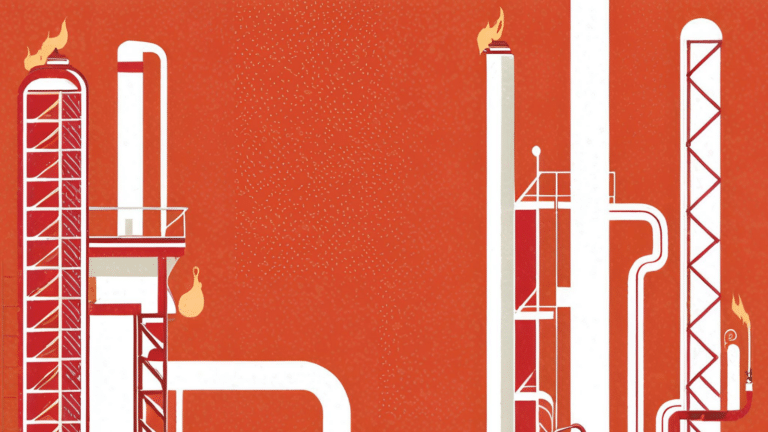
Bridging the US-EU Trade Gap with US LNG Is More Complex than It Sounds
Shortly after Donald Trump was elected president of the United States, European Commission President Ursula von der Leyen suggested the European Union could import more US liquefied natural gas...
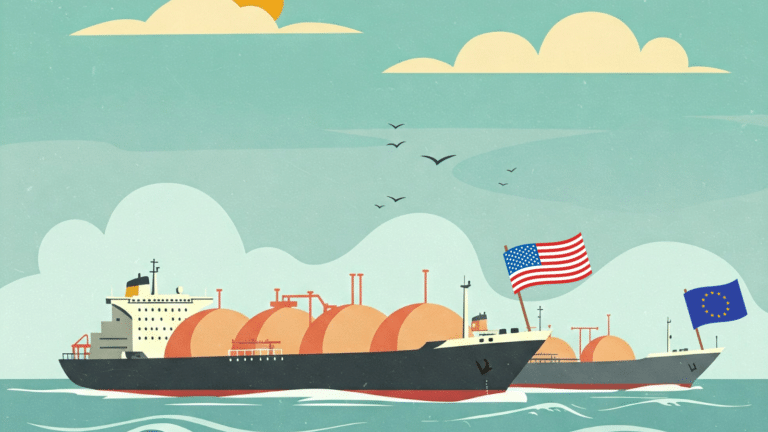
What Dimmed the Golden Age of Gas?
The phrase "Golden Age of Gas," popularized by the International Energy Agency (IEA) in its 2011 World Energy Outlook report, envisioned a future where natural gas played a dominant role...

Relevant
Publications
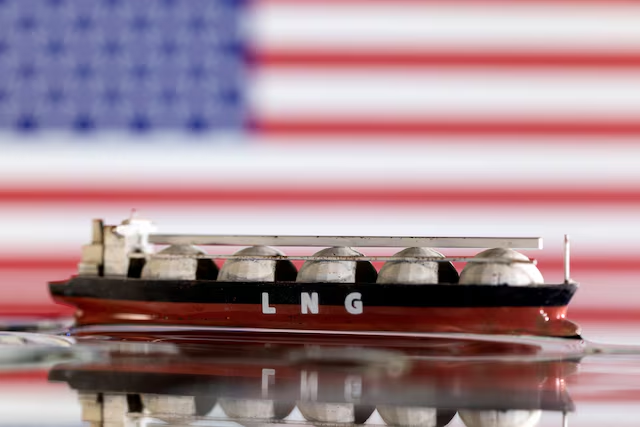
The U.S. Should Not Politicize LNG Exports
Can U.S. gas exports throw a lifeline to Europe without raising prices at home?

Donald Trump’s mixed signals for gas market
Incoming administration’s policies might eventually lead to decrease in US LNG exports to EU
